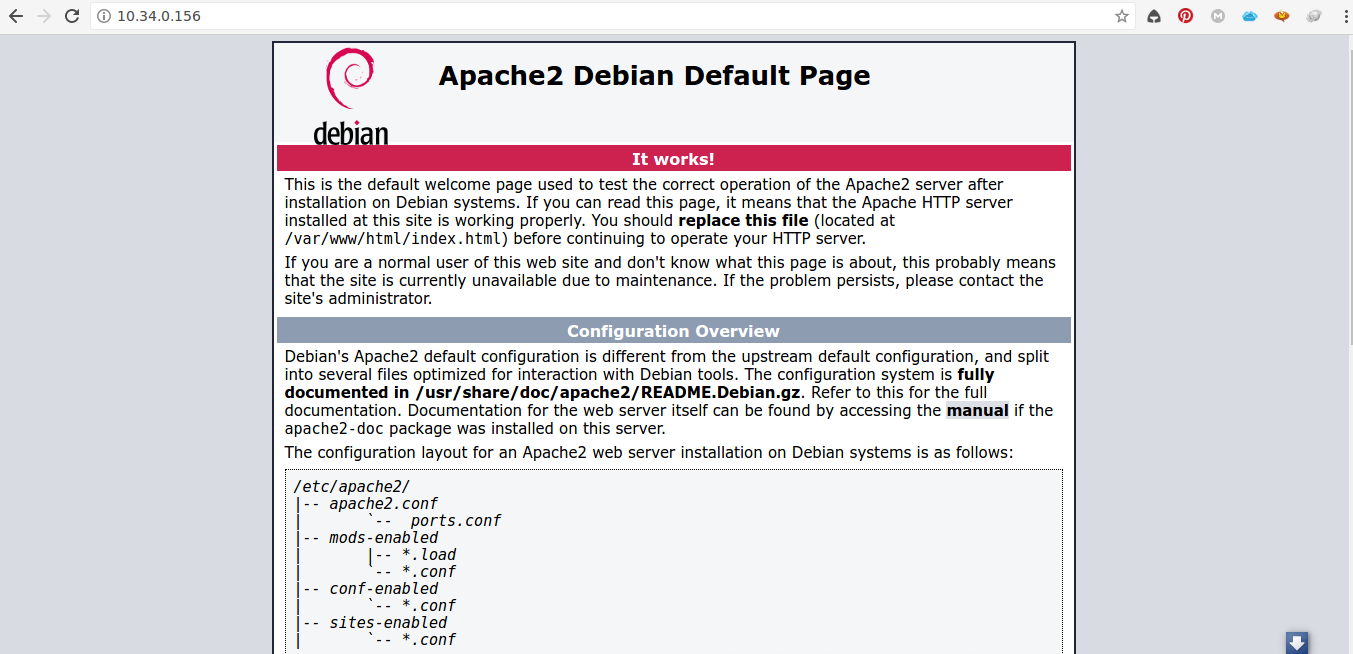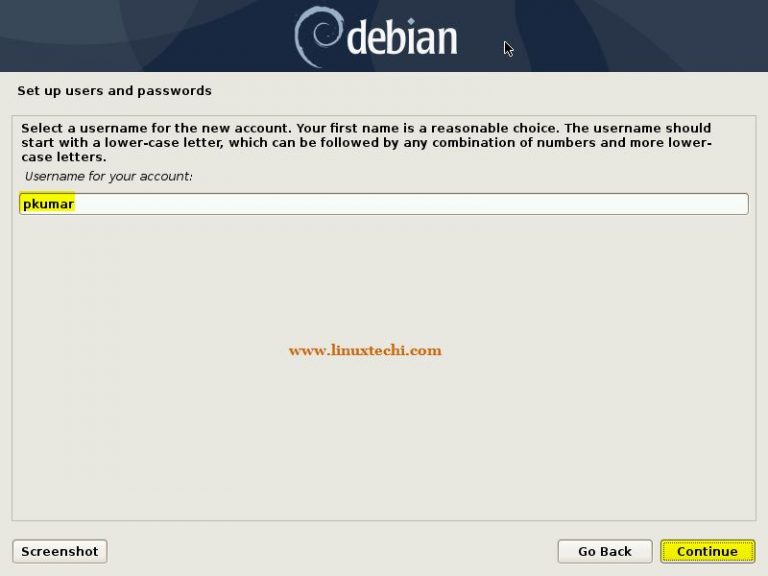

Enter the following command to make sure the Apache service is running: $ systemctl status apache2Īfter the install of Apache, let us proceed to install core PHP packages and other dependency modules with the following command: $ sudo apt install php php-cgi php-mysqli php-pear php-mbstring php-gettext libapache2-mod-php php-common php-phpseclib php-mysql -y The process can take a few moments to complete. Open a terminal window, and install Apache by entering the following command: $ sudo apt install apache2 -y Once the software packages are up to date, let us proceed to install Apache webserver. Access the terminal window, and update the software package lists using the following command: $ sudo apt update


Let us look at each of these steps in detail:Īs with any other installation, the first step here is to update the software packages. Create the phpMyAdmin storage database and tables.Installing phpMyAdmin and Recommended Packages.Install and Set Up MariaDB on Debian 10.The steps involved in this process include: As phpMyAdmin is not available from the default Debian repositories, we will need to download the source code to the server from the phpMyAdmin site to perform the installation. The phpMyAdmin utility is a graphical database management tool. Let us today discuss the steps to install PHPMyAdmin on Debian 10. Install of PHPMyAdmin on Debian 10 involves the download of the source file and a manual set up as PHPMyAdmin is not available in the default Debian repositories.Īs a part of our Server Management Services, we help our Customers with software installations regularly.


 0 kommentar(er)
0 kommentar(er)
